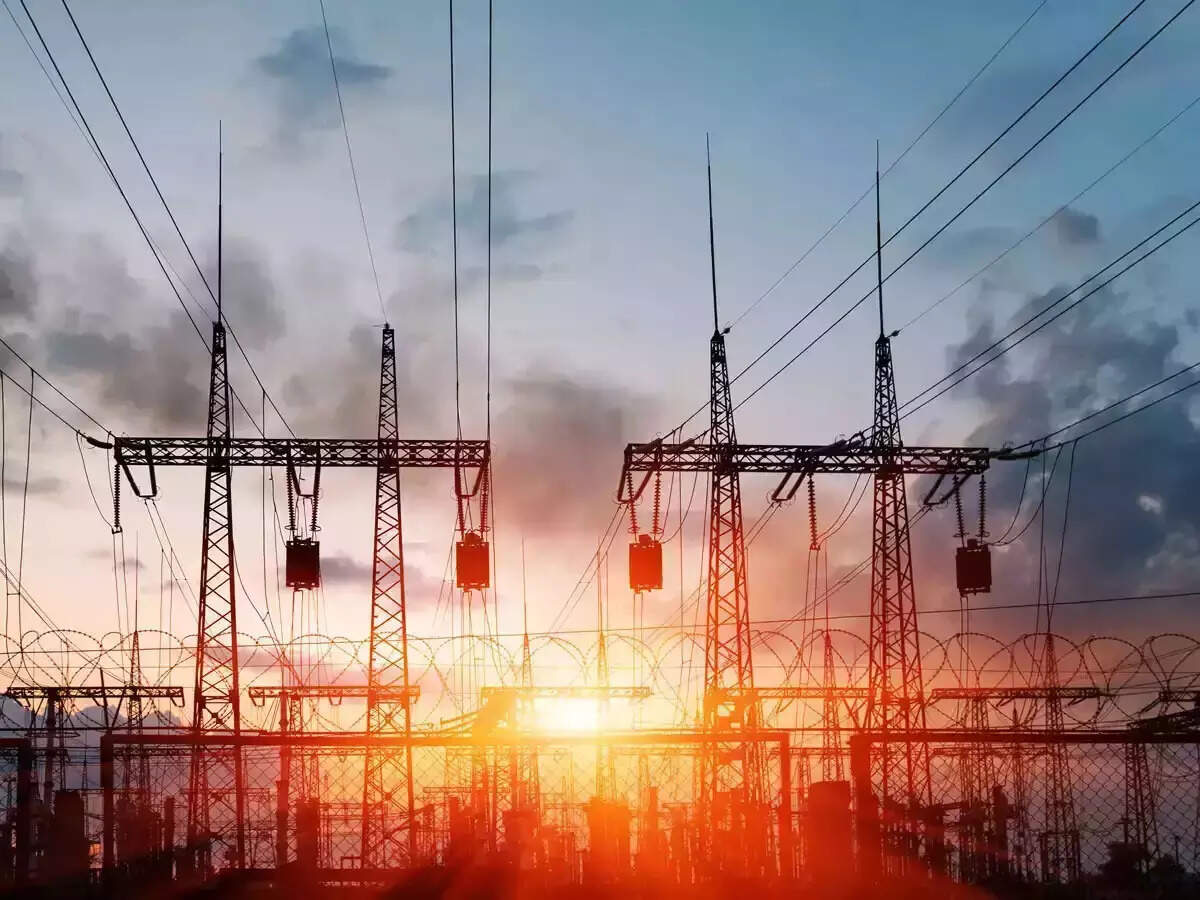
To ensure there are no outages and to cater to the peak electricity demand this summer, Tata Power has commissioned a new 220 KV Salsette-Kalva transmission line to strengthen the corridor for Mumbai.
Tata Power has also proposed to the state government and the state regulatory authority, the setting up of a new transmission corridor of 400 KV for the city, wherein it will enhance electricity distribution to as high as 15,000MW in future. If approved, this project could take four-five years and may cost over Rs 1,000 crore, sources said. At present, the peak demand in Mumbai during summer is 3,800MW.
The measures are being taken in the wake of the major outage faced by Mumbaikars in October 2020, and the government has now ensured there is proper coordination between MSETCL, the state transmission company, and private players, like Tata Power, to prevent blackouts.
“In Mumbai, there is no network constraint to supplying power,” Sanjay Banga, Tata Power president (Transmission & Distribution) said.
He further said that as per the prediction, coal prices will further go down and this could ease burden on consumer tariff in the near future.
Banga added that Tata Power was also “evaluating” the option of parallel licensing – it means, distributing electricity in areas served by other discoms outside Mumbai – but refused to elaborate. “We are looking at options across Maharashtra,” he said.
Nilesh Kane, head-Mumbai distribution, said: “After the October 2020 outage, there has been a detailed study on a protection and load-shedding scheme with IIT-Bombay and implemented by Tata Power. This has helped us ensure that consumers get reliable supply 24×7.”
The power firm has also formulated SOPs for emergencies with the help of State Load Dispatch Centre, an apex body which monitors the entire power system in the state.
“Unlike the past, now there is better coordination for immediate corrective action in case any transmission corridor is unavailable for bringing in power to Mumbai or trips [as had happened in the October 2020 outage],” said Vishwas Shrikhande, chief -Mumbai Transmission. “Earlier when there was a disturbance, there was not enough time for generators to recover. Now, settings have been enhanced so that there is no tripping or blackout in the city,” he added.
Banga said: “Most of the network is underground and there are chances of less fault and the system is digitised to restore any fault, at the earliest.” Tata Power has also proposed a long-term solution of upgrading 700km of its 110 KV electricity lines to 220 KV in the near future.
Kane said that of Tata Power’s 7.5 lakh consumers in the city, 1.25 lakh have got smart meters installed and 1.5 lakh more will be covered in a year. By 2025, Rs 550 crore will be spent to install smart meters for all users.

